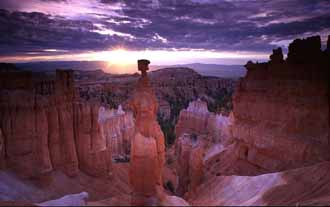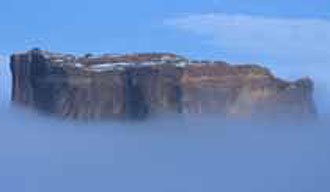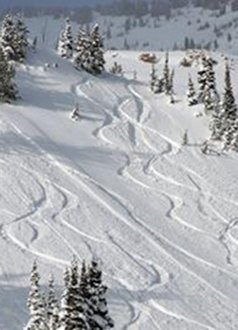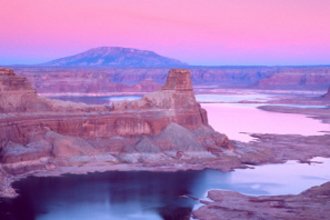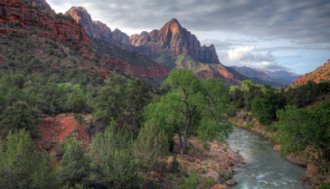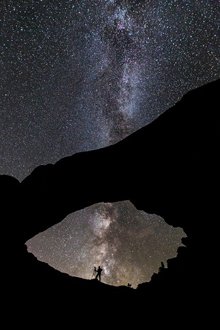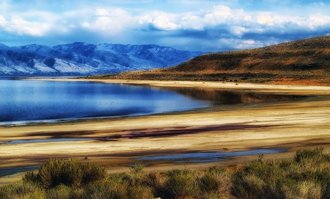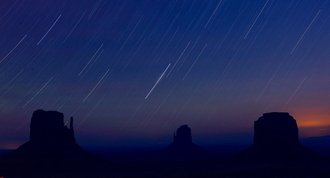That You Were Never The Same?
Eureka Utah

Imagine standing in the remnants of a bustling mining town feeling the echoes of the past while witnessing the almost eerie stillness of the present. That's the enchanting allure of Eureka, Utah. It is a former Utah mining town and now a living "ghost town" with less than 700 residents.
A treasure trove for history buffs and adventure seekers, Eureka history provides an interesting convergence of its vibrant past with its now almost depressing present. It is a slice of the past that invites you to experience a slice of Utah's history firsthand.
Found in the once immensely rich Tintic District, it didn’t just rise up for a few years and then die like so many of Utah’s mining towns. It continued to produce ore for decades.
By 1910, after 40 years of activity, more than $75 million in ore had been dug from the area’s mines. By then, the town’s population had reached 8,000. In fact, in 1909, 80% of the stocks being traded on the Salt Lake Stock Exchange were Tintic properties!
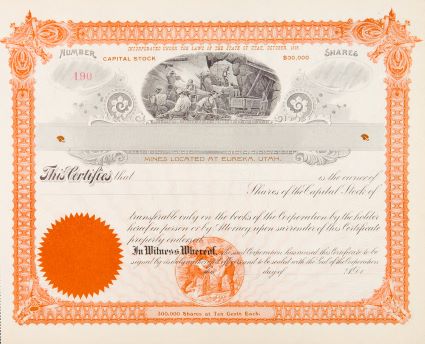
If you drive east from downtown Salt Lake City along South Temple Avenue, you’ll be amazed at the magnificent mansions … beautifully preserved … still standing on both sides of the street. Many of them were built by the moguls who earned their millions from both the Park City mines and these same Tintic mines.
Eureka’s mining history is as rich as the ores once extracted from its mountains. In 1869, a lone cowboy herding cattle through the rolling grasslands of the surrounding valleys was seen carrying a large chunk of silver ore.
News of this soon spread and prospectors poured in. The “Tintic District” … named after a Ute chief of the same name … was soon established as many more strikes were located.
The next year, a couple locals were gathering firewood on the side of a hill. They found shiny silver ore right on the surface of the ground. It is not known whether they first uttered the word “Eureka” or whether Captain E.B. Ward … who bought out the claim … first said it.
Whoever is responsible, the Eureka Hill Mine and the town below soon took on the descriptive name. By 1871, the first buildings were erected.
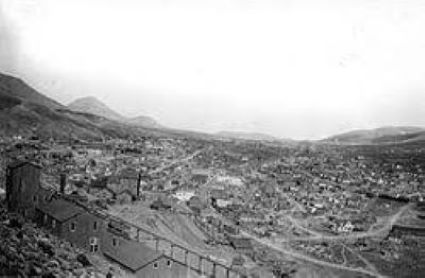
Watson Nesbitt … the mine superintendent … built a small stone fort to mainly keep claim jumpers from Pioche, Nevada out. The cedar trees … so prevalent in this area of the state …. were cut down for hundreds of yards around the mine site.
The “Crazy Dutchman” … John Beck … thought that the rich ores from up the mountain just had to extend downward. He made his claim down below in the canyon and proceeded to dig.
200 feet below ground, he struck it rich. The Bullion-Beck Mine soon became one of the biggest producers in the area. Beck became a millionaire naturally. The wealth was too much for him, though. He gave it all away.
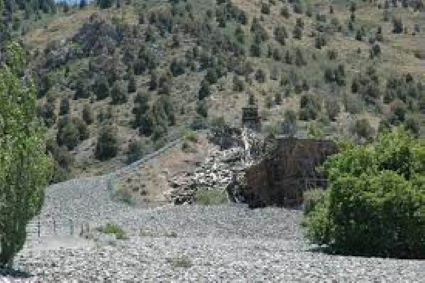
If you’ve been to other Utah towns, you’ll soon realize the Mormon way was to survey and stake out everything. Order and structure was their nature. That was not the way in Eureka Utah.
The town grew without purpose. The main street did follow the canyon but the side streets had no direction heading off haphazardly. Houses, outhouses, mines and mills were seemingly intertwined without regard for order or privacy.
As with so many mining towns in dry Utah, water was a problem. More aptly, lack of it was the problem. Water was piped to the mining operations from Homansville where wells had been sunk.
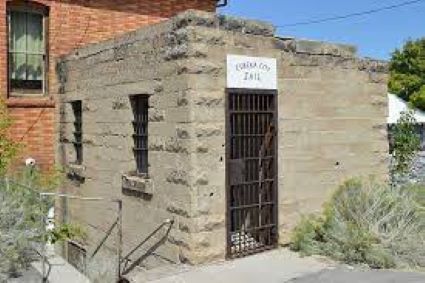
Drinking and culinary water had to be hauled to town in large barrels and sold. That is until an aqueduct was built from a mountain stream to Eureka.
Reverend Lawrence Scanlon … a Catholic missionary … arrived in 1873. He traveled the area and had the largest parish in the nation … 2000 square miles. Public schools were built in 1881.
There were two years of typhoid and smallpox outbreaks. There was a flood down Main Street in 1890. A huge fire in 1893 wiped out 20 buildings resulting in most of them being rebuilt of brick, stone, or block.
Eureka was truly one of the quietest boom towns in the west. Perhaps that was because of the makeup of its citizens. Maybe it was because of its police force. Probably both.
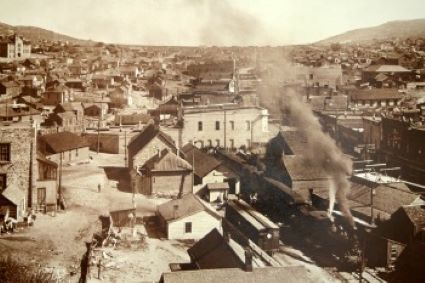
By 1910, Eureka Utah was the 9th largest city in the state with over 3,400 people. It boasted churches, schools, department stores, theaters, hotels, lodges and even a band. It was supposedly the smallest city in the country with an Elks Lodge.
J.C. Penney put his second store in Eureka! The library … built partly with funds from steel magnate Andrew Carnegie … contained 12,000 books. It subscribed to 73 leading magazines and 9 national and international newspapers.
Active mines were dug on both sides of the canyon:
- Eureka Hill
- Bullion-Beck
- Gemini
- Centennial-EurekaRidge
- Valley
- Chief Consolidated
Two railroads competed for the right to carry the ore leaving the mines … the Denver and Rio Grande Western and the Union Pacific. Headed to Salt Lake City, these trains had carried 45,000 tons of ore out of town by 1910.
Over the years, the reachable ore gradually ran out. High costs, lack of water and lower prices shut most of the mines down by 1940. The last major mine closed in 1957. Is there more ore still in the ground. Very likely.
Eureka Utah lies 45 miles southwest of Provo … in Juab County … and 25 miles west of Payson on U.S. Highway 6. The 2023 census established the population at 662 which is 104 less than the 2000 census. Yes, it is shrinking.
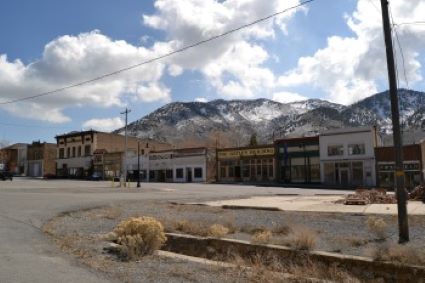
There are still many colorful abandoned homes and false front stores on Main Street and on the side streets. Mine buildings and head frames still stand tall. There’s not much to keep you here for a long though. It still is an interesting place for a short visit even if just because of its colorful history.
If you’re a hockey fan like me,
you’ll be interested to know that Eureka is the birthplace of Frank Zamboni
who was the inventor of the Zamboni. This is the machine used to
resurface ice in hockey rinks all over the world.
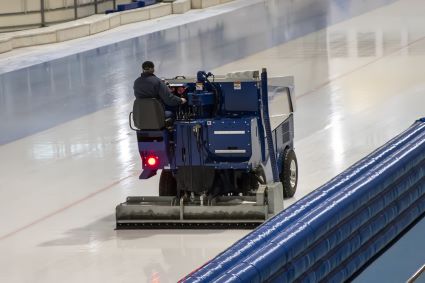
The story of Eureka, Utah is not just that of a town. It is one of aspirations, triumphs and overcoming extreme adversity.
It is a tale of pioneers who dared to venture into the unknown. It was a community that flourished despite countless odds. The inevitable cycle of boom and bust that almost all western mining towns endured eventually hit Eureka too..
They can't all be Park City.
The past meets the present in Eureka but even with its modern silence, the past speaks volumes.
Have A Great Story About Ghost Towns in Utah?
Do you have a great story about ghost towns in Utah? Maybe a comment. Or a question? Please share it here!


